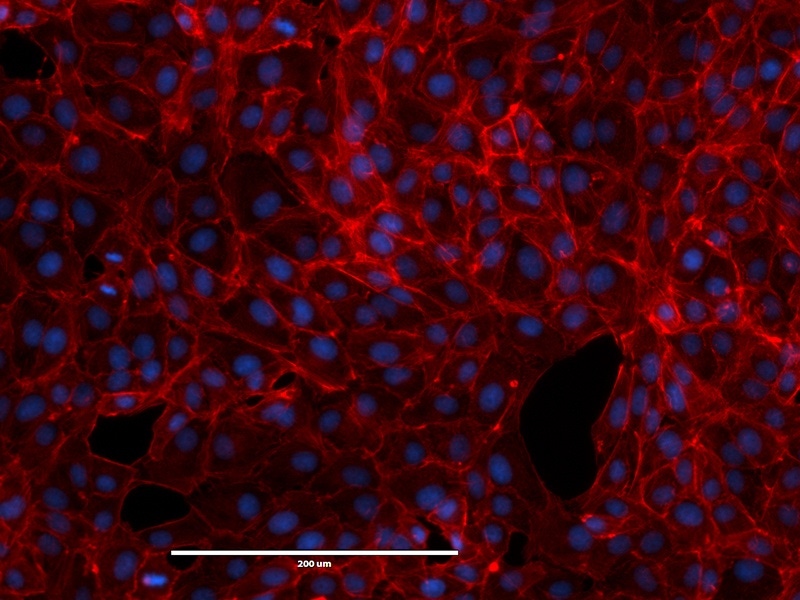Voices of Biotech
Podcast: MilliporeSigma says education vital to creating unbreakable chain for sustainability
MilliporeSigma discusses the importance of people, education, and the benefits of embracing discomfort to bolster sustainability efforts.
June 17, 2021

Sponsored by Eppendorf
Comment=”rh ph 20x 1″ ObjectiveLens=”20x”
The recent Covid-19 pandemic introduced new challenges for the vaccine industry, it has also brought in new innovations in vaccine development including DNA/RNA based vaccines. The pandemic also increased the demand for well-established cell-based vaccine production technologies.
The article reviews strategies for optimizing Vero cell-based vaccine production using rabies and influenza as examples. The Vero cell line is one of the most satisfactory vaccine production hosts based on its infectability, stability and well-documented performance in quality and quantity of viral yield. It is one of the first cell lines that received FDA approval for vaccine use and is used throughout the world. Cell culture media technology has advanced drastically in recent years, and a number of serum free and protein free options are available through commercial suppliers. Because serum tends to bind toxins and contaminants, its elimination calls for adoption of the highest quality reagents and careful monitoring of culture conditions in order to achieve optimal performance.
Vero cell-based vaccine production often utilizes micro carriers or similar types of cell attachment matrix. The advancements of 3D cell culture matrix such as Fibra-Cel® have been important additions to the range of possible choices for optimizing in vitro production systems. With a wide array of bioreactor options available, high-density attachment cell culture will continue to be one of the most productive methods for vaccine production.
In this era of daunting challenges from the Covid-19 pandemic, Eppendorf is constantly upgrading and expanding its cell cultivation technologies to meet the demands of this unprecedented public health emergency.
You May Also Like